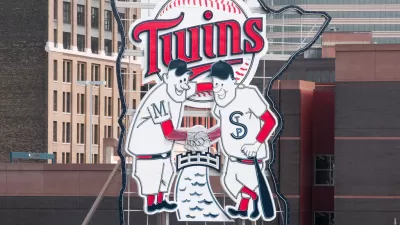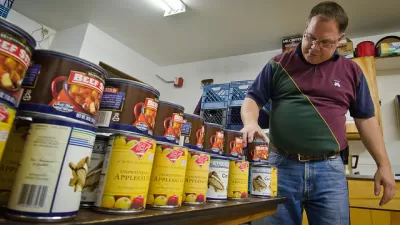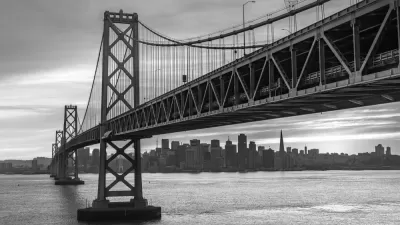A fun activity in city comparison.

Jed Kolko and Josh Katz have undertaken a data analysis exercise that allows comparisons of many major cities around the country. For residents looking for a new place to live that resembles their own homes, or a large corporation looking for a second headquarters, it's not too difficult to find a new place "twin."
"One reliable measure of how similar two cities are is their job mix, which reflects both local advantages and history (coal, a port, great universities) and local demand (a young population that needs teachers, or an older population that needs nurses)," according to Kolko and Katz.
For instance, the two cities most like each other in the United States are Dallas and Atlanta. "Both have unusually high concentrations of property accountants, security consultants and front office managers, and low concentrations of clinical nurses, home health aides and assistant professors," according to Kolko and Katz. "In contrast, San Jose, San Francisco and Washington, D.C., are the large metro areas that look least like the United States over all. They all stand out for particular industries: tech in the Bay Area, and government in Washington."
The article includes a lot more insight into the kinds of comparisons this kind of analysis produces, and also includes interactive features that allow comparison of pretty much any medium to large metropolitan area in the United States (although not small towns).
FULL STORY: What Is Your City’s Twin?

Study: Maui’s Plan to Convert Vacation Rentals to Long-Term Housing Could Cause Nearly $1 Billion Economic Loss
The plan would reduce visitor accommodation by 25,% resulting in 1,900 jobs lost.

North Texas Transit Leaders Tout Benefits of TOD for Growing Region
At a summit focused on transit-oriented development, policymakers discussed how North Texas’ expanded light rail system can serve as a tool for economic growth.

Why Should We Subsidize Public Transportation?
Many public transit agencies face financial stress due to rising costs, declining fare revenue, and declining subsidies. Transit advocates must provide a strong business case for increasing public transit funding.

How Community Science Connects People, Parks, and Biodiversity
Community science engages people of all backgrounds in documenting local biodiversity, strengthening connections to nature, and contributing to global efforts like the City Nature Challenge to build a more inclusive and resilient future.

Alabama: Trump Terminates Settlements for Black Communities Harmed By Raw Sewage
Trump deemed the landmark civil rights agreement “illegal DEI and environmental justice policy.”

Dear Tesla Driver: “It’s not You, It’s Him.”
Amidst a booming bumper sticker industry, one writer offers solace to those asking, “Does this car make me look fascist?”
Urban Design for Planners 1: Software Tools
This six-course series explores essential urban design concepts using open source software and equips planners with the tools they need to participate fully in the urban design process.
Planning for Universal Design
Learn the tools for implementing Universal Design in planning regulations.
City of Santa Clarita
Ascent Environmental
Institute for Housing and Urban Development Studies (IHS)
City of Grandview
Harvard GSD Executive Education
Toledo-Lucas County Plan Commissions
Salt Lake City
NYU Wagner Graduate School of Public Service




























